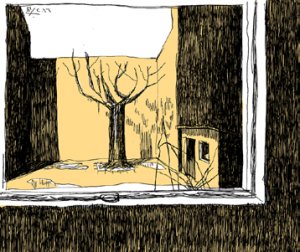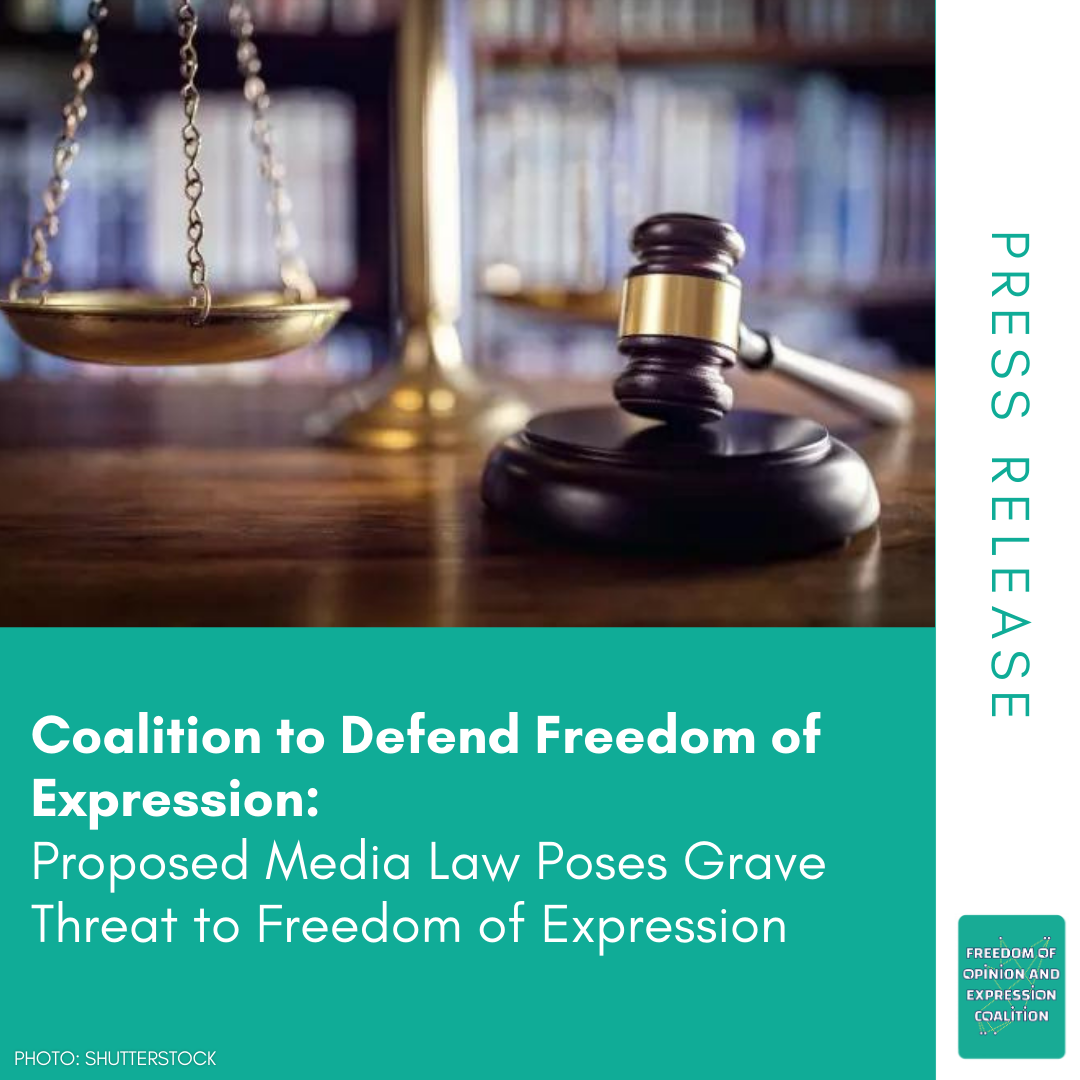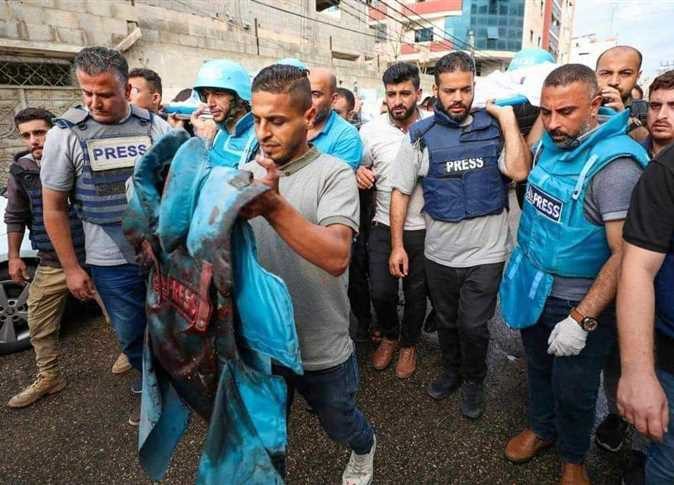The Colonialism of Care: A Critical Approach to the Lebanese Experience

One Year After Court Case: What Next?
At the beginning of April 2015, Tarek Mallah filed a case against the Ministry of Social Affairs and the Islamic Orphanage (Dar al-Aytam al-Islamiya) on the basis that he was raped within the orphanage over the course of five years, beginning at the age of nine. Mallah’s suffering did not end when he escaped the orphanage at the age of fourteen with no education, trade, or life skills enabling him to move forward. His escape ended the rape, but not the effects and reverberations of the abuse or the deep impressions that it left upon him, especially the sense of responsibility for other children experiencing various forms of the same abuse. This case was a strategic step intended to turn the spotlight on the abuses that are perpetrated in care institutions because of a lack of standards of care, and because the Ministry of Social Affairs has abdicated its role monitoring and supervising the proper administration of this public service.
Mallah was not the only victim of sexual abuse, and the Islamic Orphanage was not the only institution in which children have alleged that they suffered such abuse. Following Mallah’s revelation, the stories appeared one after another. Many people dared to express the trauma they experienced in care institutions. The media documented dreadful human stories revealing the enormity and prevalence of abuse in these institutions, particularly those which occurred in the SOS Children’s Villages. The administration acknowledged that although five children were sexually abused by the bus driver, no preventative penal measures were taken. Instead, SOS Children’s Villages merely accepted the driver’s resignation and granted him a certificate of good conduct.
Earlier, the church ruling against cleric Mansour Labaki, which followed the disclosure of a chain of abuses that he perpetrated against children under his care, had come as a shock. But the governmental and popular response of concealing the issue, neglecting to confirm it or even denying it, and then classifying it as an attack on Labaki’s sect constituted an open invitation for more abuse. Labaki, it seems, is an “honest man” and a “philanthropist” whose many deeds (he had even established a children’s choir) vouch for him. This approach dresses the suspect or perpetrator up as a good Samaritan to lay the ground for his abuses, as though presenting children’s bodies as offerings to God’s servants is completely fine.
In the same context, the mood of the Lebanese public prevented the screening of the film Spotlight (which won the Oscar for best picture) because it is a documentary testimony to child sex abuse perpetrated by 250 priests in Boston. The film is a condemnation of the exploitation of religious authority and of the abuse of children who admitted that they had remained silent, firstly because of their shame, and secondly because of their fear of this authority that stifled them. But when one of these children dared disclosed the trauma, the floodgates opened despite public denial, evasion of responsibility, and the difficulty of confronting a complete system that all too easily supports the institution and its authority at the expense of individuals, even children. In Boston, Lebanon, and all other places, these abuses are liable to be repeated as long as the criminal responsible is not held accountable, and this criminal goes beyond individuals; it is a system of institutional care characterized by sectarianism and quotas that breeds dependence, and a sense of inferiority to a particular “savior”.
The Ministry of Social Affairs Abdicates its Role
Since the Mallah case was filed, the Ministry of Social Affairs has taken the complete opposite stance to that which was expected. Rather than trying to redress the harm to the victim, listen to them, or organize a broad review of this system of care, the ministry rushed to exonerate the care institutions and deny the rape accusations. Rape, it seemed, did not and would not occur in these institutions. Worse, it preemptively categorized any accusation of such acts or demand to reform the care institutions as a direct attack on the sects that said institutions belong to, and are covered by. Minister of Social Affairs Rashid Derbas crowned his defense of these institutions when he turned the subject from a public issue affecting the interests of 28,000 children in the care institutions into a personal issue by alluding to promiscuity on the part of the accuser.
Derbas exploited the anger of people protesting against the ministers (including him) on account of the garbage crisis to settle the score with Mallah [who took part in them]. On the basis of Derbas’ complaint that these protestors attacked and threw rubbish at his car, the security and judicial apparatuses cooperated to detain Mallah for four days under a perplexing climate of secrecy. This incident constituted one of the greatest slips of a responsible minister –and from behind him a political and security system– into exploiting authority to retaliate against oppressed groups whenever they complain. The arrest may also have aimed to scare Mallah into abandoning his case, but that did not occur.
This period may, without exaggeration, be the worst in the history of the Ministry of Social Affairs, for it chose to side almost entirely with influential institutions against children whose lives had been deprived of the most basic of rights. But the Ministry of Social Affairs was not alone in refusing to reform the institutional care sector. There are more than 75 institutions contracted with the ministry that do not want any change in contract conditions, and prefer to maintain the status quo. On the other hand, the majority of “civic” organizations contracted with the ministry have forsaken their human rights work out of concern for their contracts with the ministry. The situation is therefore the result of comprehensive collusion.
These events are unfolding at a time when several countries are developing plans to permanently abandon the institutional care model because studies have confirmed the damage it causes, particularly when the reason for separating children from their biological families is poverty. The international standards for alternative family care underscore the need to avoid such separation. It may be beneficial to compare what is happening in Lebanon to the judicial, political, and religious interplay currently occurring in Canada in relation to the system of care institutions that burdened the indigenous peoples for approximately a century and a quarter.
Canada and the Legacy of Care Institutions
Upon inauguration, Canadian Prime Minister Justin Trudeau asked the Pope to officially apologize, as the head of the Catholic Church, for the practice of removing children from their families and placing them in boarding schools based on the institutional care system. The Church and its missions had used this practice against the indigenous population from the middle of the 19th century until the 1960s. Trudeau saw fit to begin his duties by affirming the rights of the victims and promising compensation and accountability. The Canadian government had apologized to the indigenous peoples in 1998, and ten years later, the Church authority in Canada had declared its responsibility for the care institutions experience. These authorities acknowledged the harm that was done to the children at the time; harm that led to a humanitarian crisis for a people living without its children and for children living without their families.
The sole cause of this tragedy was that a certain party deemed this separation to be in the public’s interest, without considering the importance of family relationships and the organic bond to the local environment, culture, and local language. This party saw formal missionary education under the divine church as a historical salvation, and thus left behind a heavy legacy of injustice, subjugation, and alienation from roots. This legacy did not end with the final closure of care institutions in the late 1990s, for the impact of the alienation still poses a challenge on the levels of inquiry, accountability, compensation, and reconciliation.
The institutional care system began making its way to the indigenous population in Canada in 1831, when the first missions arrived in northern Canada.[1] Compared to European civilization and ecclesiastical knowledge, the missionaries perceived ignorance and destitution in the local way of life, language, and customs. The Church decided to establish residential schools that resembled all the care institutions that were established in all parts of the world that these missions reached (including Lebanon). The primary goal of separating children from their families at the time was evangelism via formal study. The Church decided to remove children from their families’ care at a very young age –no older than four– and involuntarily enroll them in care institutions established in locations remote from their original community. Subsequently, family reunification posed a great challenge because transportation was difficult and expensive for the indigenous people, who were pressured by scarce resources, and surviving off their inherent ability to adapt to natural conditions.
Between 1831 and 1996, 139 care institutions were established. They accommodated around 150,000 children from successive generations under the auspices of the Church and, later, in coordination with the Canadian federal government. In 1920, enrollment in these institutions became compulsory for children between the ages of seven and fifteen, and defaulting families faced legal consequences ranging up to imprisonment. The stated goal of these schools was to provide formal education to the children, and facilitate their integration into the “savior” European culture. What was the outcome?
Fact-finding studies on the reality of the institutional care system in Canada indicate that it totally failed to achieve its primary goal –the provision of formal education– as only 3% of children lasted to the first grade of junior high school. However, this model was able to blatantly destroy the social fabric of the indigenous population and retard its development; it permanently alienated the children from their family bond, and thus created an entire population of adults who did not know their children.
The failures of the institutional care system went even further, for the mortality rate in these schools reached 40%. When children’s health deteriorated, they were sent to their families to die.
Analytical studies conducted in Canada suggest that people who experienced separation from their biological families and placement in care institutions lack the minimum level of social skills, and the ability to build family bonds. They also lack the ability to live outside the “bell” system. In the institutions, everything –from eating, to sleeping, to going to the bathroom– was regulated by the ring of a bell. This ring also warned that the time for nightly abuse was arriving. According to one account, Ines Dieter, who lived in care institutions said, “the most terrible result of my residential school experience was that they took away my ability to hold my children”.
Additionally, 46% of youth convicts in Canada are aboriginals.[2] The heavy legacy did not spare these generations from the physical, psychological, and social effects which reflect negatively on their educational achievement, financial sufficiency, and ability to integrate. This legacy is connected to the over-representation of indigenous people who experienced placement in care institutions among drug users, alcoholics, convicted persons, inmates, and habitual inmates. It has, across time and to this day, been a heavy burden on Canada’s internal security because of the high crime rate among people who left the care institutions and were unable to find a lifeline outside of the system of bells, that had governed their movement and gripped their dreams. Several successive generations experienced care institutions. More generations may be needed to overcome the impact of that colonial care system. It was a system that deemed separation from the family, environment, language, customs, and local culture necessary for the sake of acquiring formal education as prescribed by European ecclesiastical culture. It was adopted as a colonial method in its approach to “other” peoples. This approach encompassed a number of indigenous peoples in Canada, Australia, and New Zealand. It was also adopted following the conquests and mandates that extended all the way to Lebanon, where orphanages were established with different religious improvizations but with a common origin: colonialism.
Studies conducted on 80,000 veterans of the institutional system in Canada indicate that they were subjected to various abuses that remained secret until 1990; by that time, responsibility for institutional care had gradually transferred from the religious authority to the federal government, with representation of the indigenous people in the administration increasing until the historical decision to close these institutions was taken on account of their negative effects.[3] In Canada, like Lebanon, the process of disclosure was initially difficult, but the separation of religion and state largely helped stimulate listening, reflection, and reformist steps. These steps included the establishment of a committee for reconciliation and compensation for the legacy of this colonial approach, which, in the guise of priesthood, targeted persons classified as needy.
This culminated in a Canadian court ruling to pay CAD$30 million of compensation to 60 people who were once children in an orphanage, wherein clerics sexually abused them. The abuse spanned from 1940 to 1984.[4]
Lebanon: A Single Colonial Approach Despite Sectarian Tinges
As for Lebanon, the legacy of care institutions is no doubt closely connected to this colonial approach to caring for children. In Canada, Boston, and around the world, this approach has proven to alienate children from the local [social] fabric and expose them to multiple forms of abuse, the worst of which is sexual. We are talking about a model of care that, backed by a colonial perspective on the poor, is based on separating children from their environment. Care institutions based on sectarian denominations like Lebanon’s are no different, because the model of care adopted is the same. Consequently, these institutions generally unite to defend their interests in rejecting any kind of reform. Any reform, however trivial, is a threat to a monolithic colonial system based on putting the institution’s interest first, even at the expense of the children for whom it was originally established, and on whose cause it subsists.
It is no exaggeration to say that keeping 28,000 children in care institutions creates fuel for future wars. The global experiences have proven that a system such as this one breeds subjugation, and subjugation is ripe material for all kinds of exploitation.
This article is an edited translation from Arabic.
__________
[1] http://www.legacyofhope.ca/about-residential-schools
[2] http://ppgreview.ca/2015/03/09/the-overrepresentation-of-minority-youth-in-canadas-criminal-justice-system/
[3] http://www.legacyofhope.ca/about-residential-schools/intergenerational-impacts
[4] http://news.nationalpost.com/news/deaf-students-abused-by-priests-at-clercs-de-st-viateur-win-record-30-million-settlement



